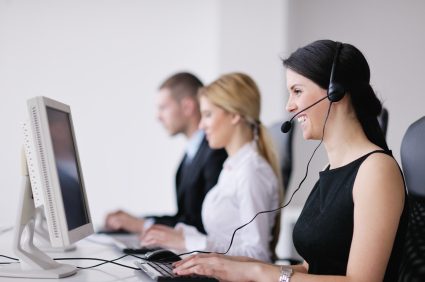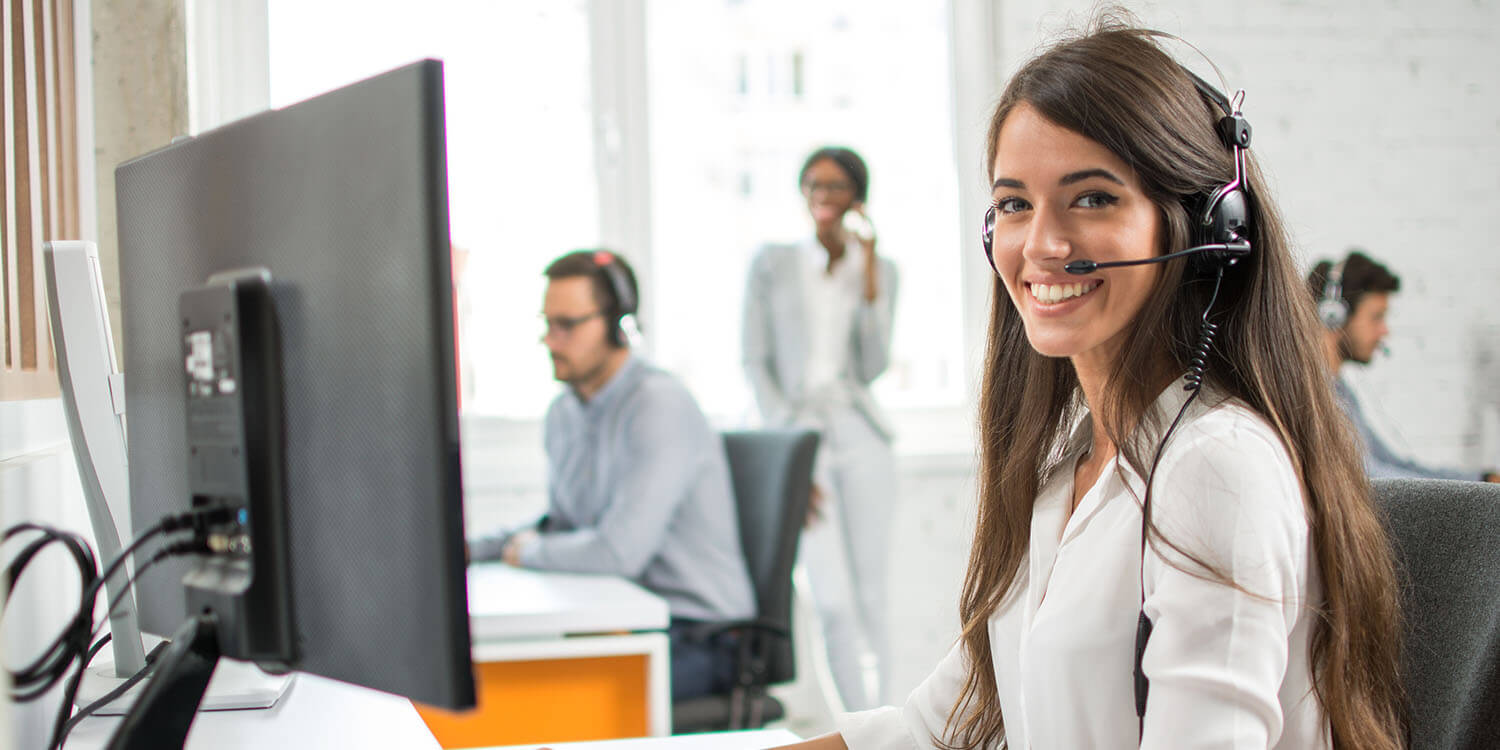All Categories
Featured
Table of Contents
How Much Does It Cost To Have A What Is An Answering Service And Why Use One??
This device and its successors were developed by Sava Jacobson, an electrical engineer with a private consulting business. While early voice mail utilized magnetic tape innovation, the majority of contemporary devices utilizes strong state memory storage; some gadgets use a combination of both, with a solid-state circuit for the outbound message and a cassette for the inbound messages.
"toll conserving" listed below) (reception services). This is beneficial if the owner is evaluating calls and does not want to speak with all callers. In any case after going, the calling celebration must be notified about the call having been responded to (in many cases this starts the charging), either by some remark of the operator, or by some greeting message of the little bit, or resolved to non-human callers (e.
This holds particularly for the TADs with digitally kept greeting messages or for earlier machines (prior to the increase of microcassettes) with a special endless loop tape, different from a 2nd cassette, dedicated to recording. There have been answer-only devices without any recording abilities, where the greeting message needed to inform callers of a state of current unattainability, or e (answering service).
The Best What Is An Answering Service??

about availability hours. In tape-recording TADs the greeting typically includes an invite to leave a message "after the beep". An answering machine that utilizes a microcassette to tape-record messages On a dual-cassette answerphone, there is an outgoing cassette, which after the specified variety of rings plays a pre-recorded message to the caller.

Single-cassette voice mail consist of the outgoing message at the start of the tape and inbound messages on the staying area. They first play the statement, then fast-forward to the next readily available space for recording, then record the caller's message. If there are many previous messages, fast-forwarding through them can cause a significant hold-up.
This beep is typically referred to in the welcoming message, asking for that the caller leave a message "after the beep". Littles with digital storage for the taped messages do not reveal this hold-up, of course. A little may offer a remote control center, whereby the answerphone owner can ring the home number and, by getting in a code on the remote telephone's keypad, can listen to recorded messages, or erase them, even when away from home.
What's The Best How To Answer The Phone Professionally (With Examples)

Consequently the device increases the number of rings after which it responds to the call (usually by 2, leading to 4 rings), if no unread messages are currently kept, however answers after the set variety of rings (normally two) if there are unread messages. This permits the owner to discover out whether there are messages waiting; if there are none, the owner can hang up the phone on the, e.
Some machines also allow themselves to be from another location triggered, if they have been changed off, by calling and letting the phone ring a specific a great deal of times (usually 10-15). Some company desert calls currently after a smaller number of rings, making remote activation impossible. In the early days of Little bits an unique transmitter for DTMF tones (dual-tone multi-frequency signalling) was regionally needed for remote control, since the previously used pulse dialling is not apt to convey appropriate signalling along an active connection, and the dual-tone multi-frequency signalling was implemented step-by-step.
Any inbound call is not recognizable with regard to these properties in advance of going "off hook" by the terminal equipment. So after going off hook the calls need to be switched to proper devices and just the voice-type is instantly available to a human, however possibly, however ought to be routed to a LITTLE (e.
Best 5 Mistakes To Avoid When Hiring A Phone Answering Service Sales Near Me
What if I told you that you do not need to actually pick up your gadget when addressing a client call? Somebody else will. So practical, ideal? Answering call doesn't require someone to be on the other end of the line. Effective automated phone systems can do the technique simply as effectively as a live agent and often even better.
An automated answering service or interactive voice reaction system is a phone system that communicates with callers without a live individual on the line - phone answering service. When companies utilize this technology, customers can get the response to a question about your service just by using interactions set up on a pre-programmed call circulation.
Although live operators update the customer support experience, many calls do not need human interaction. An easy taped message or instructions on how a client can retrieve a piece of information generally resolves a caller's instant need - virtual telephone answering. Automated answering services are an easy and efficient method to direct inbound calls to the ideal individual.
How Much Should I Pay For What Is An Answering Services & How Does It Work??
Notice that when you call a business, either for assistance or item query, the very first thing you will hear is a pre-recorded voice greeting and a series of options like press 1 for customer support, press 2 for queries, and so on. The pre-recorded options branch out to other choices depending upon the customer's selection.
The phone tree system helps direct callers to the right individual or department using the keypad on a cellphone. In some circumstances, callers can utilize their voices. It's worth keeping in mind that auto-attendant choices aren't limited to the ten numbers on a phone's keypad. Once the caller has selected their very first option, you can create a multi-level auto-attendant that uses sub-menus to direct the caller to the best type of assistance.
The caller does not have to communicate with a person if the auto-attendant phone system can manage their issue. The automatic service can path callers to a worker if they reach a "dead end" and need assistance from a live representative. It is pricey to employ an operator or executive assistant.
What Is The Best Virtual Receptionist (Live Phone Answering Service) To Buy Now
Automated answering services, on the other hand, are considerably less costly and offer considerable cost savings at an average of $200-$420/month. Even if you do not have committed personnel to deal with call routing and management, an automated answering service improves efficiency by allowing your team to focus on their strengths so they can more effectively invest their time on the phone.
A sales lead routed to customer support is a lost shot. If a consumer who has item questions reaches the incorrect department or receives insufficient answers from well-meaning employees who are less trained to manage a particular kind of concern, it can be a cause of aggravation and dissatisfaction. An automated answering system can minimize the variety of misrouted calls, thus assisting your staff members make better usage of their phone time while maximizing time in their calendar for other jobs.
With Automated Answering Systems, you can create a personalized experience for both your staff and your callers. Make a recording of your primary welcoming, and merely upgrade it frequently to show what is going on in your company. You can produce as many departments or menu options as you want.
Latest Posts
Affordable Answering Service (Fortitude Valley)
Hospitality Answering Service ( Brisbane 4000)
Innovative Phone Answering Service Near Me – Hobart